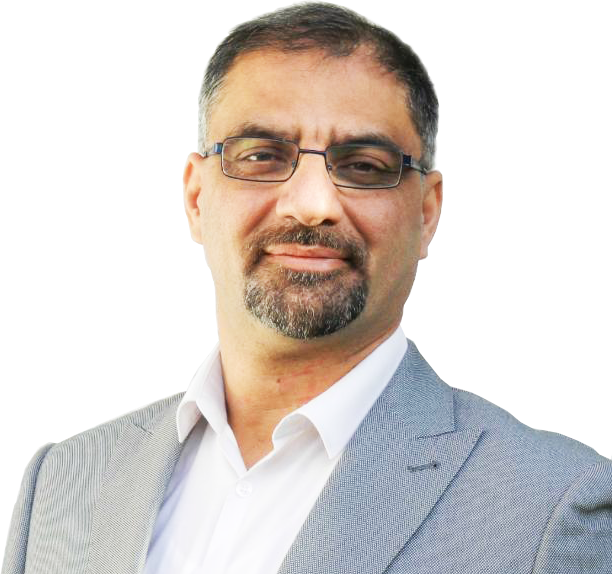Autism Assessment for 3-Year-Olds in London
The diagnosis of autism spectrum disorder (ASD) in young children is a crucial step toward providing the necessary support and interventions that can significantly improve their quality of life. In London, parents are increasingly seeking professional assessments for their 3-year-olds, a time when developmental milestones are closely monitored. Recognizing the signs of autism early facilitates prompt intervention, which can enhance a child’s overall development and social skills, making thorough and accurate assessments essential.
An autism assessment typically involves a multi-faceted approach. The process generally starts with a parent interview, where caregivers provide essential background information about their child’s development, behavior, and family history. This is followed by developmental screenings and standardized assessments conducted by trained professionals. In London, several clinics and specialists offer these services, ensuring that families have access to expert guidance and resources. The assessment may also involve observations in different settings, such as home or daycare, to understand the child’s interactions and behaviors in various environments.
Delays in communication, social interactions, and repetitive behaviors are significant indicators assessed during the process. Assessments may also incorporate tools such as the Autism Diagnostic Observation Schedule (ADOS) or other structured assessments to provide a comprehensive evaluation of the child’s skills. These assessments are critical, as they not only help in diagnosing autism but also assist in creating tailored intervention plans that can address the unique needs of each child, laying a foundation for future learning and development.
For parents navigating this journey, knowing where to turn can be daunting. Resources such as the National Autistic Society and local health services play a vital role in guiding families through the assessment process. Additionally, support groups and forums can offer invaluable insights, shared experiences, and emotional backing as families seek an understanding of autism and its implications for their child. In summary, conducting an assessment for autism in 3-year-olds in London is a critical undertaking that enables families to access appropriate support, ensuring their children have the opportunity for growth and development.
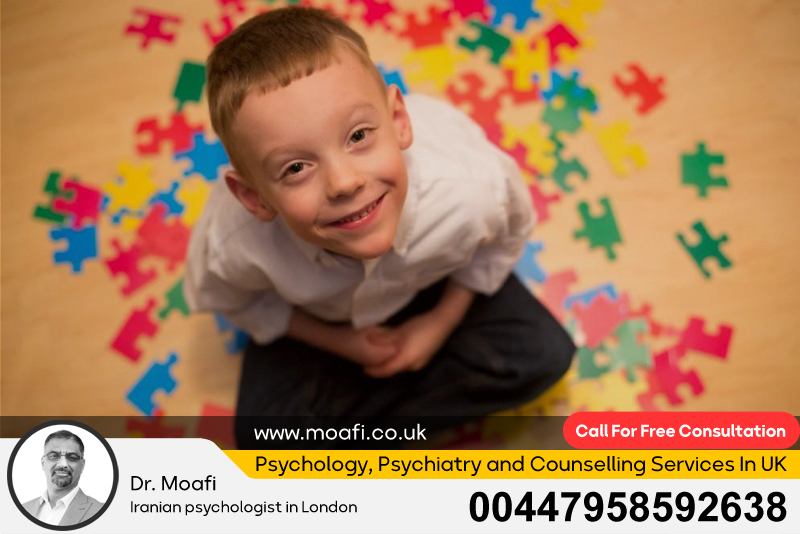
Dr. Alireza Moafi: Autism Assessment for 3-Year-Olds in London
Dr. Alireza Moafi is a leading figure in the field of autism assessments in London, known for his dedication and expertise in evaluating young children for autism spectrum disorder. With a background in child psychology and extensive experience, Dr. Moafi has been central to helping families navigate the complex process of autism diagnosis. His approach to assessments is comprehensive and compassionate, understanding that each child is unique and requires a tailored evaluation strategy.
In his practice, Dr. Moafi emphasizes the importance of a thorough examination that not only focuses on diagnostic criteria but also considers the specific context of each child’s life. This means engaging with parents and caregivers to get a complete picture of the child’s development, behavior, and environment. He is particularly skilled in interpreting developmental milestones and recognizing the early signs of ASD, which can differ widely among children.
Dr. Moafi employs a variety of assessment tools and methodologies during his evaluations, integrating both observational assessments and standardized tests. This holistic approach ensures that no aspect of the child’s development is overlooked. He also places significant importance on family involvement in the assessment process, helping to empower parents and provide them with actionable insights that they can implement at home.
Moreover, Dr. Moafi’s commitment to continuing education means he stays updated on the latest research and best practices in autism assessment, allowing him to provide the highest standard of care. His reputation as a knowledgeable and empathetic clinician makes him a trusted resource for many families seeking clarity regarding their child’s developmental challenges.
The feedback from parents who have worked with Dr. Moafi often highlights not only his professional skill but also his approachability and understanding nature. He strives to create a supportive environment during assessments, which can sometimes feel overwhelming for families. By focusing on open communication and supportive practices, Dr. Moafi ensures that parents feel informed and empowered throughout their journey. In summary, Dr. Alireza Moafi stands out as a vital resource for families in London seeking autism assessments for their 3-year-olds, providing expert evaluation and support tailored to each child’s needs.
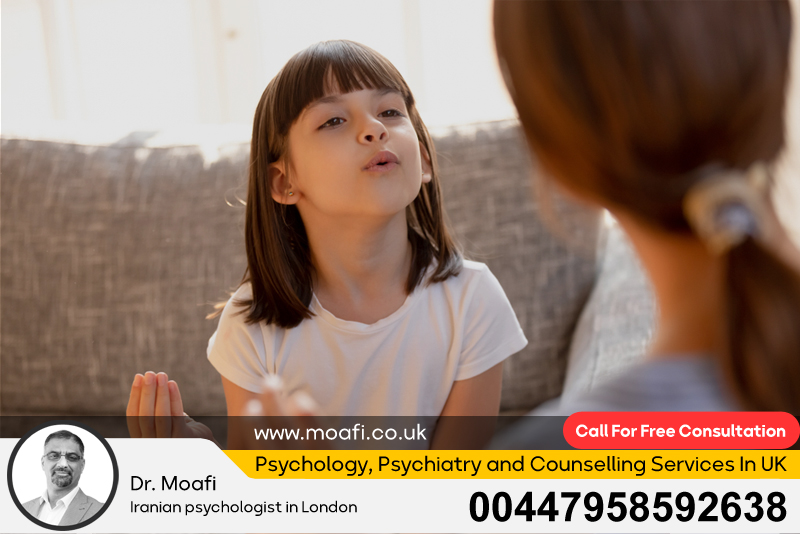
Autism for 3-Year-Olds
Understanding autism spectrum disorder (ASD) in 3-year-olds is essential for parents and caregivers, as early intervention can significantly change the trajectory of a child’s development. Autism is a neurodevelopmental disorder characterized by challenges in social interaction, communication, and behavior. While every child on the spectrum presents differently, educators and healthcare providers emphasize the importance of recognizing autism early, enabling parents to seek appropriate assessments, early interventions, and support services.
At the age of three, children enter a critical developmental stage where they rapidly acquire language skills and engage in more complex social interactions. For some children, however, signs of autism may become apparent during this time. Common characteristics include difficulty in understanding social cues, limited eye contact, challenges in forming peer relationships, and delays in speech and language development. Though some 3-year-olds may exhibit these behaviors, it is essential to remember that each child develops at their own pace, and not all unusual behaviors indicate autism.
Parents and caregivers play a vital role in observing their child’s development. It is important to track milestones such as language acquisition, social interactions, and play behavior. For example, by age three, many children begin to engage in imaginative play and start using simple sentences. If a child appears to be showing minimal interest in social games or has difficulty following simple instructions, these may be red flags that warrant further evaluation.
Environmental factors also play a role in a child’s development, as children learn by interacting with those around them. For children at risk for autism, receiving therapeutic support can be crucial in helping them develop essential skills for socialization and communication. Various interventions, such as behavioral therapy, speech therapy, and early education programs, can be particularly effective when implemented at this early age.
Ultimately, increasing awareness and understanding of autism among parents and professionals is essential. Workshops, support groups, and informational resources are valuable tools for those navigating the complexities of autism. By fostering open dialogue and ensuring access to appropriate evaluations and resources, communities can work together to support families and children affected by autism, thus paving the way for more inclusive and supportive environments.
Signs and Symptoms of Autism Spectrum Disorder in 3-Year-Olds
Autism spectrum disorder (ASD) presents a unique set of challenges for young children, and recognizing its signs and symptoms at an early age is vital for effective intervention. For parents, being aware of these indicators can provide crucial insights into their child’s development and help them understand when to seek professional evaluation. By the age of three, many children are expected to reach specific developmental milestones, and any noticeable delays or differences may signify that further assessment is necessary.
One of the primary signs of autism in 3-year-olds is difficulty with social communication. Children with ASD may struggle to engage in reciprocal conversations, show less interest in playing with peers, or experience challenges in making eye contact. Additionally, they might have limited gestures, such as pointing or waving, which are essential for non-verbal communication. Instead of using language to express their needs or emotions, some children may rely on physical means by pulling an adult to what they want, which can lead to frustration for both the child and the parent.
Repetitive behaviors are another significant indicator of autism. These behaviors can manifest in various ways, including engaging in repetitive movements, such as hand-flapping or rocking, or displaying intense interest in particular objects or topics. For instance, a child might become fixated on spinning a toy rather than engaging in play that encourages social interaction. These repetitive behaviors and narrow interests can be strong indicators that warrant closer observation and potential evaluation by professionals.
Sensory sensitivities are also common among children with autism. They may exhibit heightened sensitivities to sounds, lights, and textures or display strong reactions to sensory stimuli that others might find tolerable. This sensory processing issue can make everyday situations overwhelming for these children, leading to meltdowns or withdrawal in crowded environments. Observing these behavioral patterns is essential for parents, as they can provide vital information during the assessment process.
Finally, understanding that autism is a spectrum is crucial. The severity and combination of symptoms can vary widely among children, which means that each child will experience autism differently. Some may have significant challenges in various areas, while others may display milder symptoms. Knowing these signs allows parents and caregivers to advocate for their child’s needs effectively, seeking assessments and interventions that can lead to improved outcomes.
By fostering a supportive environment and encouraging open communication between parents, educators, and healthcare providers, communities can ensure that children with autism receive the necessary support and resources. This holistic approach not only aids in the early identification of ASD but also helps create a more inclusive society where all children can thrive.
What Is Autism in 3-Year-Olds?
Autism spectrum disorder (ASD) is a complex neurodevelopmental condition characterized by a range of social, communication, and behavioral challenges. For 3-year-olds, understanding autism means recognizing that it manifests differently in each child and may affect how they interact with their peers, communicate their needs, and respond to their environment. Typically, by this age, children are expected to engage in more elaborate social interactions and effectively use language. However, children with autism may struggle to reach these milestones, which can lead to noticeable differences in their development.
ASD is often described as a “spectrum” because it encompasses a broad array of symptoms and degrees of severity. Some children with autism may display significant challenges, requiring more intensive support, while others might exhibit milder symptoms, making early detection more complex. Common characteristics in 3-year-olds with autism include difficulties in forming relationships, challenges in understanding social cues, limited expressive language skills, and a tendency to engage in repetitive behaviors or have highly focused interests.
For parents and caregivers, recognizing the signs of autism is crucial in enabling timely intervention. This can involve observing their child’s social engagement, conversational abilities, and reactions to sensory stimuli. Many children with autism may also have additional sensory processing issues, which can make them particularly sensitive to certain sounds, textures, or lights, further affecting their ability to interact comfortably in typical social settings.
It’s essential to understand that while autism can present challenges, many children diagnosed with ASD are capable of significant development and learning through the right interventions. Early diagnosis and support can help nurture communication skills, social engagement, and overall adaptability. As research into autism continues to evolve, it emphasizes the importance of a collaborative approach involving parents, therapists, and educators to foster an environment that promotes growth and understanding for children on the spectrum.
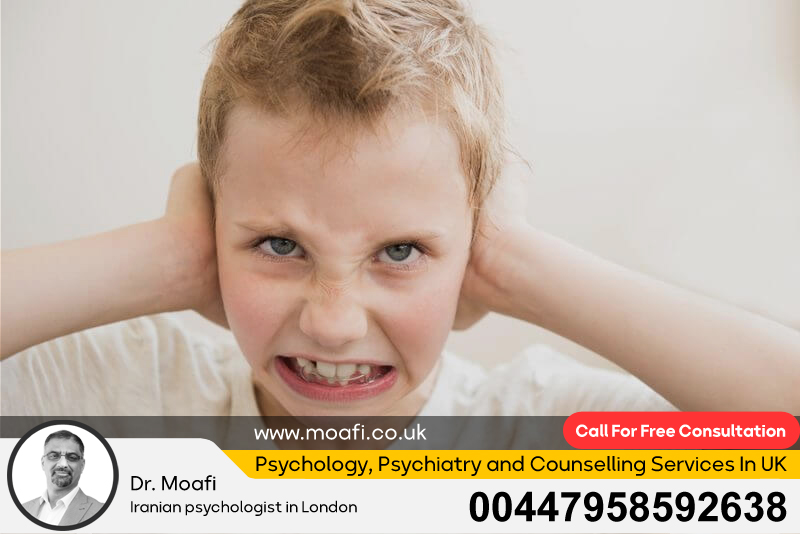
What Causes Autism in 3-Year-Olds?
The precise causes of autism spectrum disorder (ASD) are still not entirely understood, but research indicates that a combination of genetic and environmental factors plays a key role in its development. While no single factor has been identified as the definitive cause of autism, various studies have highlighted several potential contributors that influence the likelihood of a child developing the disorder, particularly during the critical early years of life.
Genetic predispositions are one of the primary areas of focus. Research has shown that certain genes may be linked to autism and can affect brain development and function. Family studies illustrate that children with siblings who have ASD are at a higher risk of developing the condition themselves, indicating a hereditary component. However, it is crucial to recognize that genetics is complex, and multiple genes are likely to be involved in increasing susceptibility to autism.
In addition to genetic factors, environmental influences may also contribute to the risk of developing autism. Various prenatal factors, such as maternal exposure to certain medications, infections, or toxins during pregnancy, have been studied. For example, studies suggest that maternal health issues, such as gestational diabetes or advanced parental age, can increase the likelihood of autism in offspring. Furthermore, complications at birth or exposures to environmental pollutants have also been linked to higher rates of autism, highlighting the multifaceted nature of its origins.
Understanding the causes of autism is challenging due to the interplay of these genetic and environmental factors, which may affect each child differently. It is also important to note that autism is not caused by parenting styles, vaccines, or other misconceptions that have been widely debunked. The consensus in the scientific community emphasizes that autism is a complex condition arising from a combination of biological and external factors.
By raising awareness about the nuanced causes of autism, communities can better support families by reducing stigma and encouraging further research. Understanding that autism is not the result of any single influence is vital for fostering compassion and support for families navigating the challenges associated with the condition.
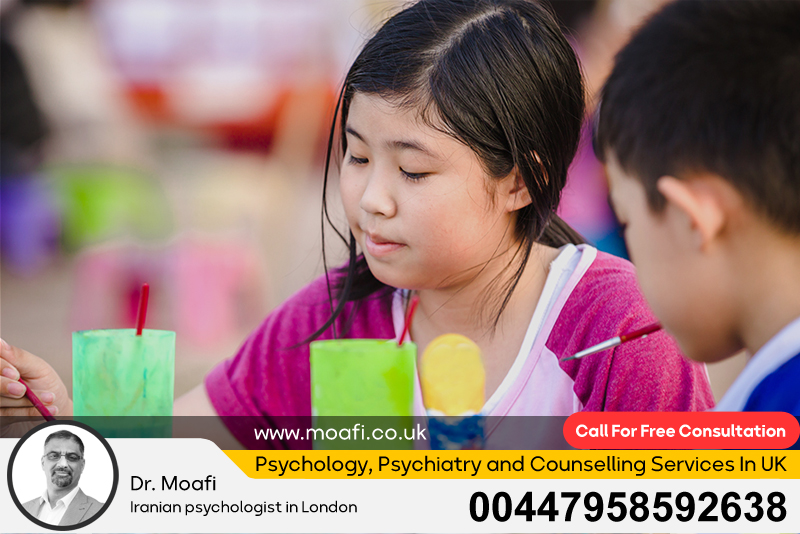
Treatment of Autism in 3-Year-Olds
The treatment of autism spectrum disorder (ASD) in 3-year-olds is tailored to the individual needs of each child, as early intervention plays a pivotal role in optimizing outcomes and enhancing developmental skills. There is no one-size-fits-all approach to treating autism; rather, a combination of therapies and support services is often recommended to address each child’s unique challenges and strengths.
One of the most effective approaches is applied behavior analysis (ABA), which focuses on teaching functional skills and reinforcing positive behaviors through structured interventions. ABA involves breaking down tasks into smaller, manageable steps and using positive reinforcement to encourage desired behaviors. This method not only helps children develop social and communication skills but also aids in reducing challenging behaviors that may arise from frustration or difficulty expressing needs.
Speech and language therapy is another integral component of treatment. Many children with autism experience delays in language development. Speech therapists work with children to improve their communication skills, focusing on both verbal and non-verbal communication techniques. This could involve using visual supports, sign language, or language-building exercises. Enhancing communication abilities can significantly impact a child’s ability to connect with others and express their needs.
Occupational therapy (OT) is also beneficial for young children with autism, especially those who may suffer from sensory processing challenges. Occupational therapists help children develop the skills needed for daily living activities and promote effective sensory integration. Through targeted activities, OT can assist in improving fine motor skills, self-care routines, and social interactions, which are crucial for successful participation in preschool and other social settings.
In addition to these therapeutic interventions, parents and caregivers are encouraged to create supportive home environments. This might involve establishing predictable routines, using visual schedules, and implementing strategies that reinforce positive behaviors. Training for parents can also be highly effective, as it equips them with tools to support their child’s development and manage any behavioral challenges more effectively.
Early intervention services are often available through public health systems or community organizations, ensuring that families have access to the support they need. Collaborating with healthcare providers, educators, and therapists can create a well-rounded support network that empowers children with autism and their families.
In conclusion, addressing autism in 3-year-olds through tailored therapeutic approaches, parental involvement, and community support can dramatically enhance a child’s development and quality of life, helping them reach their full potential. Early intervention not only aids in critical skill development but also fosters a greater understanding and acceptance of autism within society, paving the way for a more inclusive future.
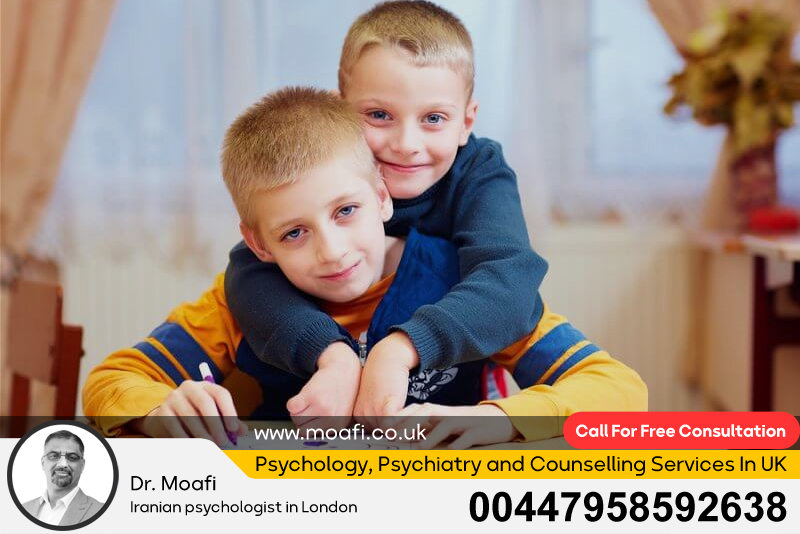
Autism in 3-Year-Olds: Symptoms, Causes, Types, and Testing
Autism spectrum disorder (ASD) is a condition characterized by a spectrum of symptoms and challenges that vary widely among individuals, particularly in young children. For 3-year-olds, identifying autism involves recognizing a diverse array of symptoms alongside understanding its causes, types, and the necessary testing protocols.
Symptoms of autism in 3-year-olds typically fall into two broad categories: social communication deficits and restricted or repetitive behaviors. Children may show challenges in interacting with peers, lack responsiveness to social cues, and have difficulty initiating or maintaining conversations. Language delays are common; for instance, a child may have a limited vocabulary or struggle to form coherent sentences. In terms of social skills, they might prefer solitary play over engaging in group activities or have difficulty understanding the emotions of others.
Repetitive behaviors can manifest as hand-flapping, rocking, spinning, or fixation on certain objects. Some children may develop intense interests in specific topics or activities, often becoming distressed if their routines are disrupted. While these symptoms are indicative of autism, not all children displaying them have autism; thus, proper assessment is crucial.
The causes of autism remain a complex interplay of genetic and environmental factors. Genetic predisposition may account for some cases, as studies indicate that autism often runs in families. Environmental influences, such as maternal health during pregnancy, exposure to pollutants, and complications at birth, can further contribute to the likelihood of a child developing autism. Importantly, these factors do not imply a single cause but rather a combination of elements that increase the risk.
There are several types of autism, which underscore the varied presentations within the spectrum. For example, classic autism typically includes significant speech and social delays. Other forms, such as Asperger’s syndrome, may present with average to above-average intelligence and a specific focus on certain interests without notable language delays.
Testing for autism in 3-year-olds involves a series of comprehensive assessments led by specialists in developmental disorders. This process typically includes parent interviews, standardized screening tools, and observational assessments. Effective testing ensures that children receive the diagnosis accurately and can begin interventions as early as possible.
In summary, understanding autism in 3-year-olds encompasses a spectrum of symptoms, potential causes, and methods of assessment. With early identification and intervention, children can significantly benefit in their developmental journey.
Dr. Alireza Moafi Will Help You Treat Autism in 3-Year-Olds
Dr. Alireza Moafi is recognized as a leading expert in the treatment of autism spectrum disorder (ASD) in young children, particularly focusing on 3-year-olds. His comprehensive approach is centered on understanding each child’s unique circumstances, strengths, and challenges to create tailored interventions that foster development and improve quality of life.
Dr. Moafi combines his extensive knowledge of developmental psychology with evidence-based practices to assess and treat children with autism. He understands that early intervention is critical. Therefore, he focuses on implementing treatment strategies promptly to maximize developmental outcomes. His clinic provides a nurturing environment where young children feel supported and cared for, making it easier for them to engage in therapy.
A core component of Dr. Moafi’s approach is applied behavior analysis (ABA), which focuses on reinforcing positive behaviors and teaching essential skills through structured learning. This method allows children to learn new skills incrementally, promoting independence and effective communication. Dr. Moafi emphasizes not only improving behavioral outcomes but also enhancing the child’s ability to interact socially and express themselves effectively.
Language and speech therapy are integral parts of Dr. Moafi’s treatment approach. He collaborates with seasoned speech-language pathologists to develop individualized communication strategies that meet each child’s developmental needs. Whether a child is nonverbal or has some verbal skills, tailored sessions aim to foster meaningful communication and social interactions.
Dr. Moafi recognizes the importance of parental involvement in the treatment process. He actively engages with parents, providing them with tools and strategies to reinforce learning at home. This collaborative model empowers parents to support their child’s progress in everyday situations, ensuring consistency between therapeutic environments and home life.
In addition to direct interventions, Dr. Moafi’s clinic offers ongoing support and resources for families, helping them navigate the complexities of autism and connect with community services. His goal is to create a comprehensive support network that not only addresses the immediate needs of the child but also promotes long-term growth and independence.
Through his dedicated practice, Dr. Alireza Moafi is committed to helping families with young children on the autism spectrum find effective treatments and support, ensuring that each child has the opportunity to thrive and reach their full potential.
Free Consultation for 3-Year-Olds with Autism
For families seeking support and guidance for their 3-year-old children diagnosed with autism spectrum disorder (ASD), Dr. Alireza Moafi’s clinic offers a valuable opportunity: a free consultation designed to ease the process of understanding and navigating autism treatment options. This initiative allows parents to gain crucial insights into their child’s development, understand the assessment process, and explore effective therapies tailored to their child’s needs.
During the free consultation, parents will engage directly with Dr. Moafi and his team, who are committed to providing a welcoming and supportive environment. This initial meeting serves several purposes: it helps to establish a rapport between the family and the clinician, outlines the specific challenges the child may be facing, and discusses potential intervention strategies. It is an opportunity for parents to ask questions and express any concerns they may have about their child’s development and behaviors.
The consultation includes an overview of the signs and symptoms of autism, helping parents identify areas that may warrant further evaluation. Dr. Moafi will provide valuable insights into the complexities of autism, emphasizing that early intervention is crucial for maximizing developmental progress. This session allows parents to clarify any misconceptions about autism and its treatment, empowering them with accurate information and realistic expectations.
Furthermore, the consultation may involve preliminary screening tools to gauge the child’s developmental milestones. While it is not a formal diagnostic evaluation, it serves as a starting point for determining whether a more comprehensive assessment is necessary. Parents will leave the consultation better equipped with knowledge about the next steps in seeking further assessment and intervention.
In addition to direct clinical insights, the free consultation highlights the importance of parental support and community resources. Dr. Moafi believes in equipping families with resources, including educational materials and connections to local support groups that can help them on their journey.
Overall, this free consultation is an excellent opportunity for families with 3-year-old children suspected of having autism to seek guidance, ask questions, and learn about the pathways available for support and intervention. By fostering open communication and providing access to crucial resources, Dr. Alireza Moafi’s clinic aims to empower families and facilitate a smoother transition into effective autism treatment.

